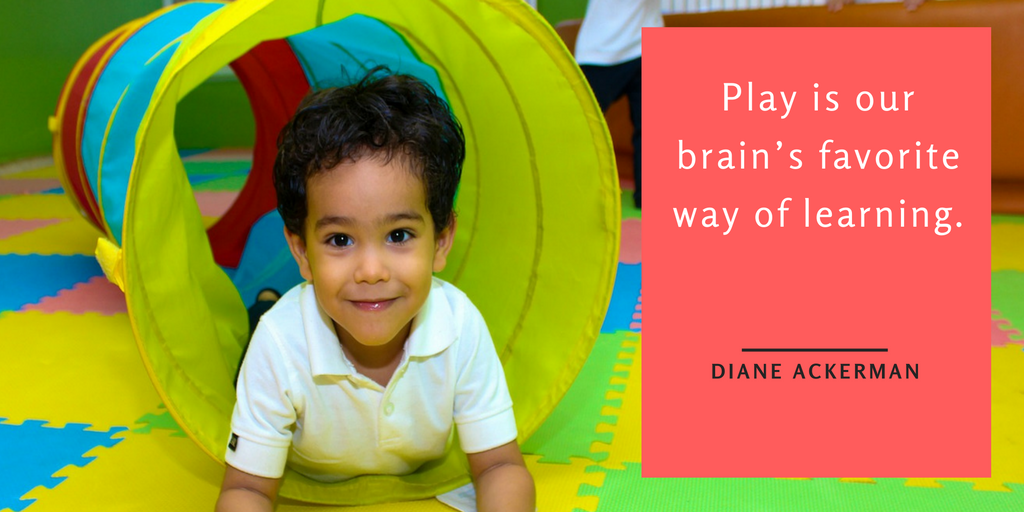We learn through play our entire lives. However, play is crucial for children. Kenneth Ginsburg describes play as essential to development because it contributes to the cognitive, physical, social, and emotional well-being of children and youth. He references an article that asserts play is so important to optimal child development that it has been recognized by the United Nations High Commission for Human Rights as a right of every child. (1)
In the age of high-stakes testing and its impact on teacher evaluation, many schools push traditional academics and cut back on all play-related activities including art, physical education, and recess. This unfortunate trend assumes that learning and play are mutually exclusive. As a matter of fact, play and games can be a gateway to learning. This quote applies to education technology as it relates to ‘play’ within the realm of game-based learning. When teachers have the freedom to choose amongst tools that can provide for their student’s needs, game-based learning can be engaging, motivating, and effective.
This quote made me think of a conversation that I had with Dr. Ruth Okoye. She described beginning her career working with students with special needs and a frame of reference that championed the use of computers to facilitate learning. A good example of that is how she worked with students that had trouble reading nonfiction. She used the “Where in the U.S.A. is Carmen Sandiego?” software because it had an atlas built into it. The children were suddenly motivated to learn how to use/read the atlas. When you put things in the context of play, students are engaged and motivated to learn.
Another excellent example of a software program she used to differentiate learning instruction was “The Logical Journey of the Zoombinis.” She used it for the first time around 1996. Back then, it came on a floppy disk. Players took on the role of guide and helped the Zoombinis reach the safety of Zoombiniville.
Throughout the Zoombinis’ journey, the player had to solve puzzles. The beauty of the software was that the pattern and deductive logic puzzles taught students “how to think” rather than a particular skill. And, those skills are transferrable to many subjects, including reading. While there wasn’t a lot of reading involved, students were learning cause and effect; and/or; sequencing; and if/then. Those are reading skills that many other students had difficulty learning. They are skills that help students organize text. Playing the program strengthened their skills. When students would go back to the text, she could reference the game and, suddenly, the things that they struggled with didn’t look as daunting. In addition, through play, the students were engaged and motivated. You ‘sneak’ in the learning using play as an accomplice. When a student has difficulty reading, text is scary.
Remember it is the interplay between teacher, game, and student that makes these scenarios possible and powerful. It is not solely the software application driving the process. It is important for teachers to have a range of resources at their disposal. That makes it easier to put together what each student needs. The teacher is pivotal when using technology-based games for play and learning in the classroom, as it should be. The teacher must know what games are available and what they do. Additionally, he/she needs to know what skills the games teach and how to do the task analysis for the students, so as to make the best match.
(1) Ginsburg, K. R. (2007, January). The Importance of Play in Promoting Healthy Child Development and Maintaining Strong Parent-Child Bonds. Pediatrics. Retrieved November 2, 2016, from http://pediatrics.aappublications.org/content/119/1/182


